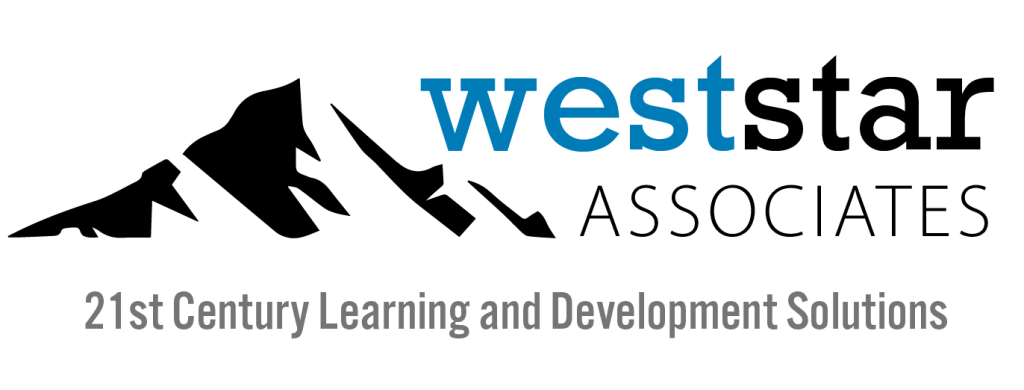
Off-the-shelf vs. Customized Learning?
re you trying to determine if off-the shelf learning content is worth the cost? Will it provide the return on investment for your organization? With any learning content, the ROI is realized when there is significant behavior and/or performance change. Does it make sense to build in-house customized content instead? We explore the advantages and disadvantages of both approaches and ways to "bridge" standard learning content to your specific learners and business needs for greater overall impact.
Off-the-Shelf Learning
As organizations are looking to grow during these transforming times, learning is becoming a priority. Whether leadership, sales, or interpersonal development, learning is a critical tool to ensure optimal performance and differentiate from competitors in a fierce market. Many learning departments may not be equipped to develop the learning content internally and they may look for a single or multiple provider relationship to supply their needs with off-the-shelf products.
What are the advantages and disadvantages of off-the-shelf learning?

Advantages
- Quick and easy to acquire
- Digital or paper-based
- Diversity of subject-matter
Disadvantages
- Costly to purchase
- Limited “shelf life”
- Not industry specific
In-House Customized Learning
Depending on the size and scope of a particular learning need, organization’s with the available internal capabilities may choose to build their learning content in-house. Customized content is certainly a beneficial approach if an organization has the time and resources to devote to this type of endeavor.
What are the advantages and disadvantages of in-house customized learning?
Advantages
- Business relevancy
- Internal SME contribution
- Tailored to culture/strategy
Disadvantages
- Time-consuming to build
- Internal resource strain
- Limited “shelf life”

Because there are advantages and disadvantages to both learning content approaches, it is important to establish criteria that will assist your organization with making the right choice. If time is of essence, then off-the-shelf content would be better to meet immediate needs. If saving money is a more important criteria, then in-house customization is a better route.
Three Ways to Bridge Off-the-Shelf Content to Your Organization
The good news is that if your organization has chosen to purchase off-the-shelf training, there are ways to make it more relevant to your business.

Building a customization bridge enables your organization to continue using the existing external content while adding more value to the business.
It will require resources to create the materials and activities that support your content, but does not require a significant amount of effort.
The advantage of a content bridge is that once it is established, it can be evaluated and updated on a periodic basis to ensure the business needs are still being supported.
We share three ideas to build a content “customization bridge” to your organization.
Building a bridge for learners to find ways to apply your off-the-shelf content can go a long way in improving their performance. Once you have established your best approach, work with individual business units to define how external content is used within the organization. WestStar Associates can work with you to identify the best practices to bridging your content and support your design and development needs.

Design and Development
About WestStar Associates
We are practitioners of proven change leadership concepts with emphasis on reinforcement and measurement of change efforts. We are a strategic solution provider utilizing all methods of learning, performance support, and leadership practices to enable and sustain organizational and employee growth.
Our guiding principles are:
- Relationship-focused
- Holistic Perspective
- Know Your Business
- Learning Excellence
- Change Stewardship


